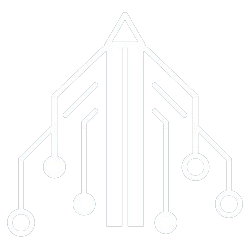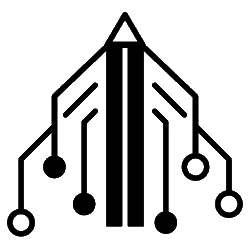Efficiency is a fundamental aspect today when approaching the construction of new homes. With the skyrocketing cost of energy and high housing prices, proposing sustainable and self-sufficient architectural solutions end up being a real challenge.
With this goal in mind, it is increasingly common to see the industry experiment with cutting-edge materials and techniques to present more efficient solutions and that have the minimum possible impact on the environment. In addition, if these techniques help millions of people to have a roof to live in, even better, since the Norman Foster Foundation, in collaboration with the company Holcim, has designed a prototype of ecological housing that uses roll concrete as base material for its construction.
Homes for the most needy and with an innovative design
The idea of this project would be to welcome those most in need, with the aim of offering fast-access and affordable housing to refugee communities who have had to leave their homes due to war conflicts, natural disasters, poverty and other similar reasons. According to data collected by the United Nations High Commissioner for Refugees (UNHCR), they are already more than 103 million people who have had to migrate for the situations described above. That is why this type of project can unfortunately put an end to this type of increasingly widespread problem.
Image: Holcim & Norman Foster
With innovation as a banner, this project called “Essential Homes” is the solution that the Norman Foster Foundation has come up with to offer quick build housing, economical and very energy efficient. They consist of one-story curved houses built with recycled materials, and can be reused in case the house is no longer necessary.

The structure has been designed from sheets of rollable concrete, also using low-carbon concrete to emit less CO2 into the atmosphere. To insulate the interior they have used a technology called ‘Airium’, made up of mud and with a cement base that achieves a foamy texture with air bubbles enclosed in the material. In this way it significantly streamline manufacturing processes and allows building prefabricated modules more easily.

Image: Holcim & Norman Foster
The house has an innovative design that makes it resistant and consumes less energy than traditional houses. It raises the possibility of create entire neighborhoods for entire communities, with outdoor spaces. The aim is to provide refugee and displaced communities with better quality structures and create community environments rather than just temporary camps.
Inside the house seeks to be functional and bright, with four skylights that maximize the entry of natural light. It has space for three beds, shelves, closets, a dining room and a complete bathroom. The installation of solar panels on the roof is also being considered to supply the kitchen with energy.
The design can be seen at the 2023 Architecture Biennale held in Venice, where it will be on display until November 26. And it is that with sustainability and efficiency in mind, the project seeks to provide better quality homes to create lasting community environments. The research will be very useful to support those most in need if it is finally carried out at a higher level and also very interesting from the point of view of energy efficiency.
Image | Holcim & Norman Foster
Via | The Spanish
In Xataka Smart Home | Domestic wind turbines to have free electricity: what they are, types, advantages, disadvantages and models from 180 euros


